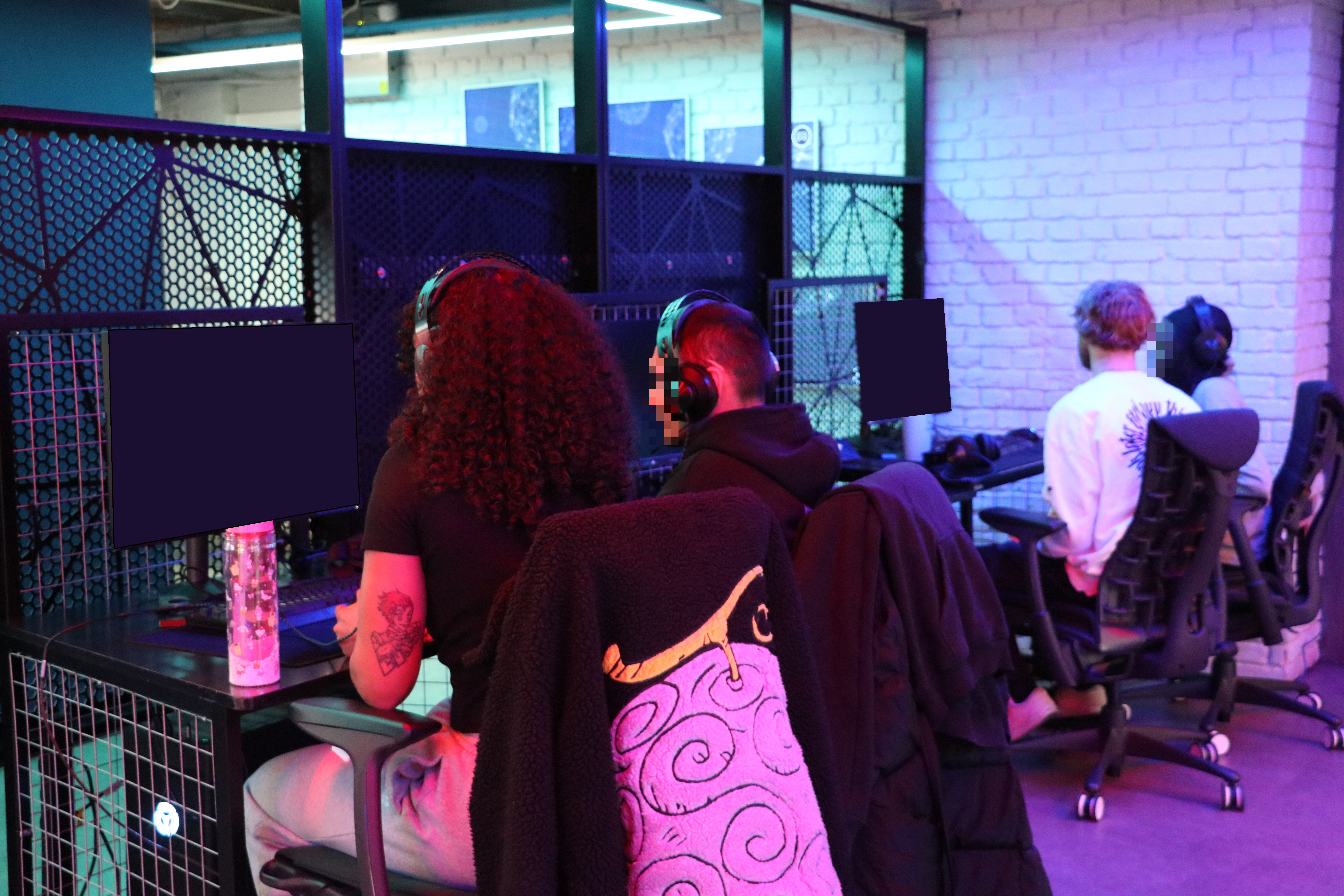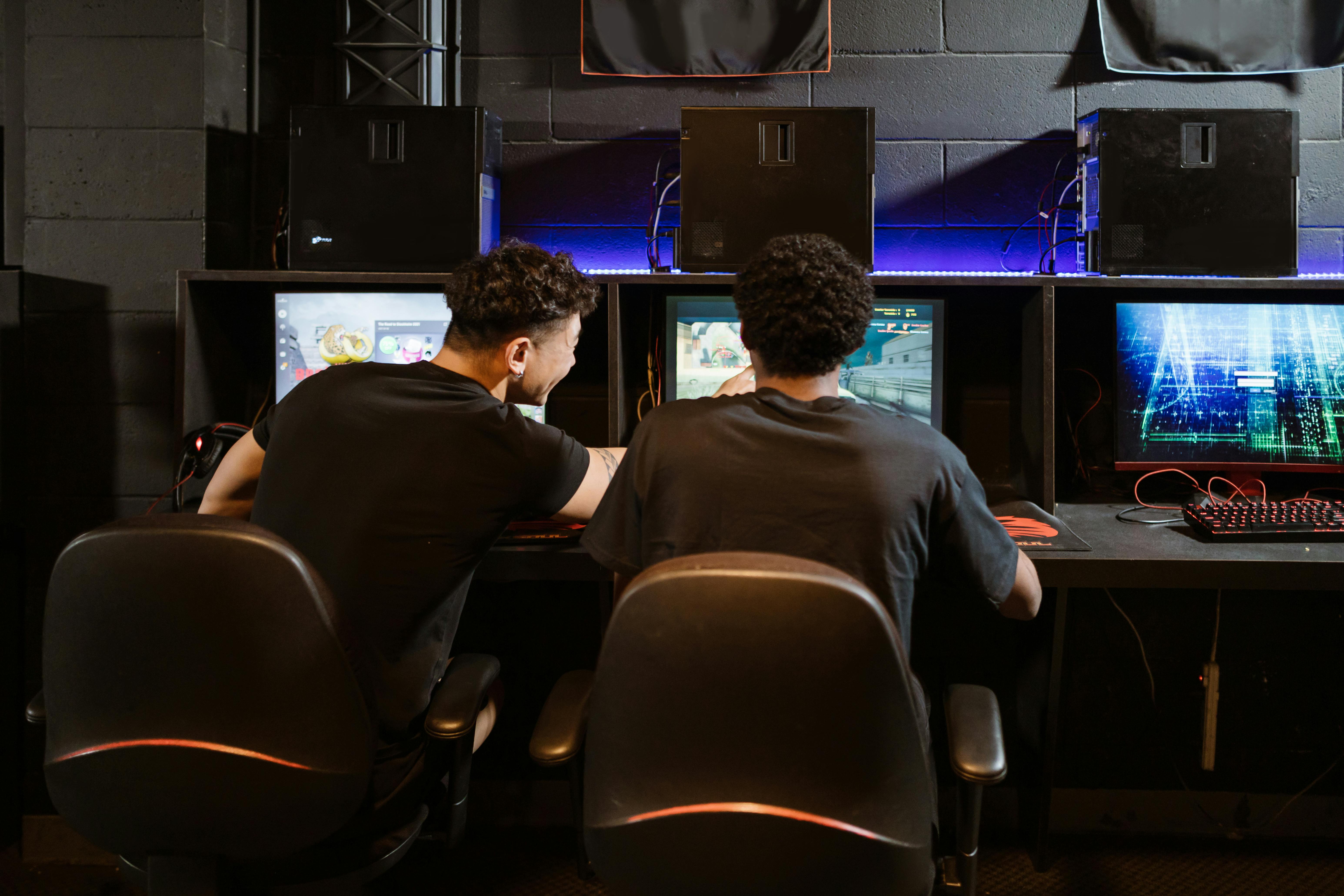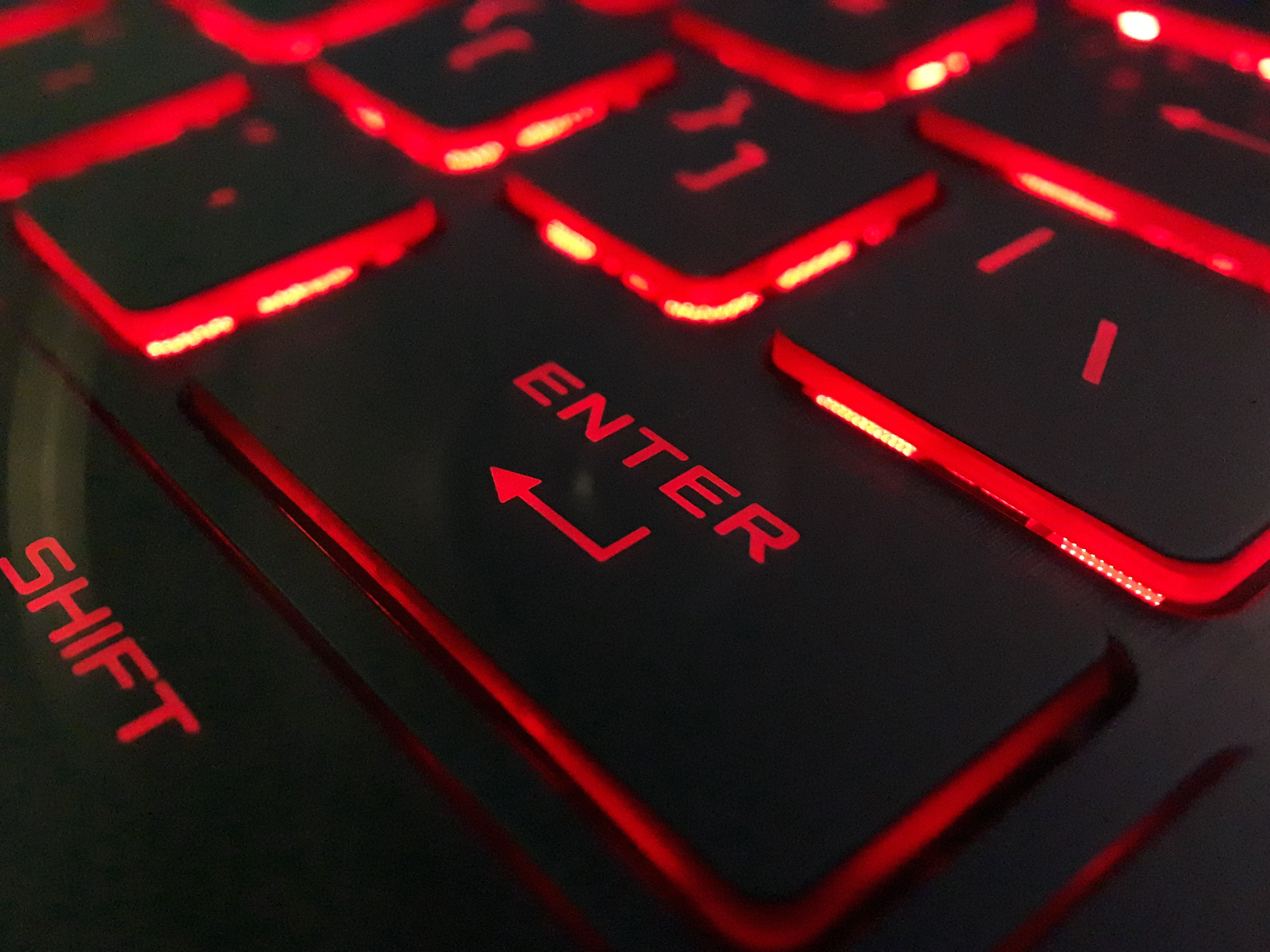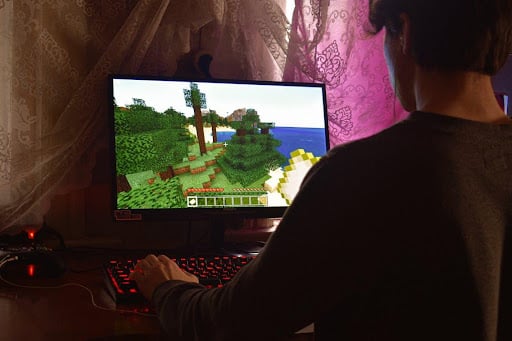By Jenny McBean, Director at Bryter
As the game nears release, the focus shifts from development to communication - how the game is positioned, presented, and ultimately perceived by its intended audience. This transition marks a critical juncture; the moment when years of development must be translated into compelling trailers, key art, game store assets, and taglines that resonate with players. Strategic positioning and marketing research at this stage is essential.
Why is positioning research important?
Even the most polished game can stumble at launch if it’s not marketed effectively. Misaligned messaging, unclear visuals, or uninspiring trailers can diminish the impact of a great game. On the flip side, smart, research-backed positioning ensures that the right players discover and buy into the experience.
Marketing research provides valuable insights that help studios make informed creative decisions. Key questions/ use cases include:
- Which parts of the trailer are most emotionally impactful? Understanding what moments hook viewers can guide trailer edits and sequencing
- What language best describes the game experience and USPs? Messaging that aligns with player expectations and desires, leads to higher engagement.
- Which visual assets (e.g., box art or key art) drive the most interest? It’s not just about beauty - it's about clarity and relevance. Do the visuals clearly express the game’s genre, tone, and core experience?
- Do we need to adjust marketing strategies by market? Identifying what the standout features are for your game across different markets or segments, and whether you need tailored strategies
These insights are crucial for maximising early interest and ensuring a strong initial launch. A mismatched or unclear marketing message can hurt even the best games, while well-researched positioning ensures the right players discover and buy into the experience.

When should I test?
Timing is everything. While many teams wait until late in the marketing cycle to test creative assets, starting a bit earlier can offer long-term advantages.
Late-stage (Near announce or launch): This is the most common time for testing. Use this phase to refine final trailers, box art, store pages, and other assets before they go public.
Early to mid-development: Don’t underestimate the value of earlier testing. Establishing the game’s identity early on can help drive awareness and community – so testing assets such as key art and logo should be done once the game starts taking shape.

How should I test?
The approach you take will largely depend on what stage of the process you are at…
Qualitative: In-depth, exploratory feedback - often through focus groups, to spark diverse discussion - helps unpack how players perceive your content. This is particularly useful earlier in the process, to pick up detailed feedback about the tone and visual cohesion, to inform further development of the assets.
Quantitative: Larger-scale surveys help measure reactions across the wider gamer audience and also amongst key target groups. These are useful for identifying which USPs resonate most or testing which version of a box art generates the highest appeal, or mapping trailer enjoyment.
Combining both qual and quant methods gives you the full picture. In a nutshell, qual helps you understand why something works, while quant tells you how well it works at scale.

Do's & Don'ts for positioning research
✅ Test early enough that insights can still shape creative decisions
✅ Look at emotional responses, not just stated preferences
✅ Explore different audiences to refine more targeted approaches or messaging
✅ Use real in-development assets (trailers, logos, art) – to gain accurate feedback that is actionable
🚫 Rely only on internal team opinions
🚫 Assume that what works for one game will work for another
🚫 Ignore small signals - subtle confusion or lukewarm reactions can signal big issues
🚫 Rush the process; meaningful insights take time to gather and interpret

Bryter Positioning Research
Positioning and marketing research are vital tools for connecting your game with the audience it deserves. When done well, they not only maximise early interest and drive strong launches but also ensure your creative vision is communicated clearly and powerfully. In today’s competitive market, great games need more than great design - they need great communication
At Bryter, we create tailored playtesting solutions, depending on the development objectives.
- Global reach
- Recruiting a representative mix of gamers, then narrowing in on specific or niche player profiles based on demographics, behaviours or motivations
Incorporating Bryter Benchmarks and frameworks, to add extra context to concept performance versus competitors - Layering different quantitative techniques, beyond ‘yes/no’ questions or likert scales - from PULSE video ratings and text highlighting, to max diff pairwise comparisons and perceptual mapping
- Strategical recommendations based on primary insights, as well as Bryter experience and expertise
Take a look at one of our Positioning Case Studies here
Refining game positioning pre-launch
Identifying final game logo and box art
You can read more about how to leverage market research & player insights throughout the game lifecycle on our website.
Get in touch
Ready to move beyond guesswork? Get in touch with one of the insights team if you want to learn more about different approaches to market research and to understand which methodology may be most appropriate for your insight needs.
web browser, url, browser, computer network, requests, malicious software, captcha, javascript, network connection, page checks




